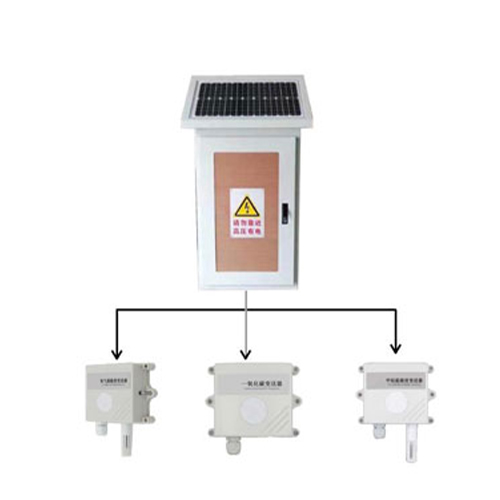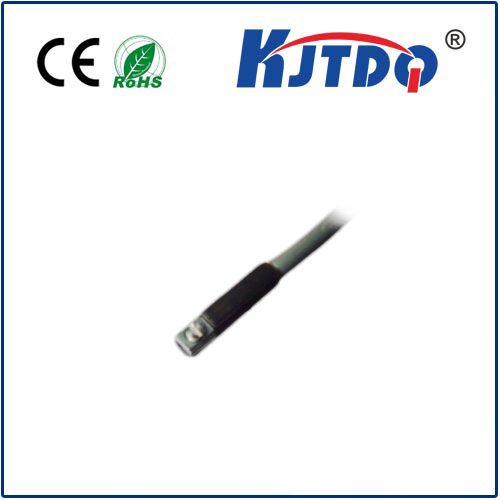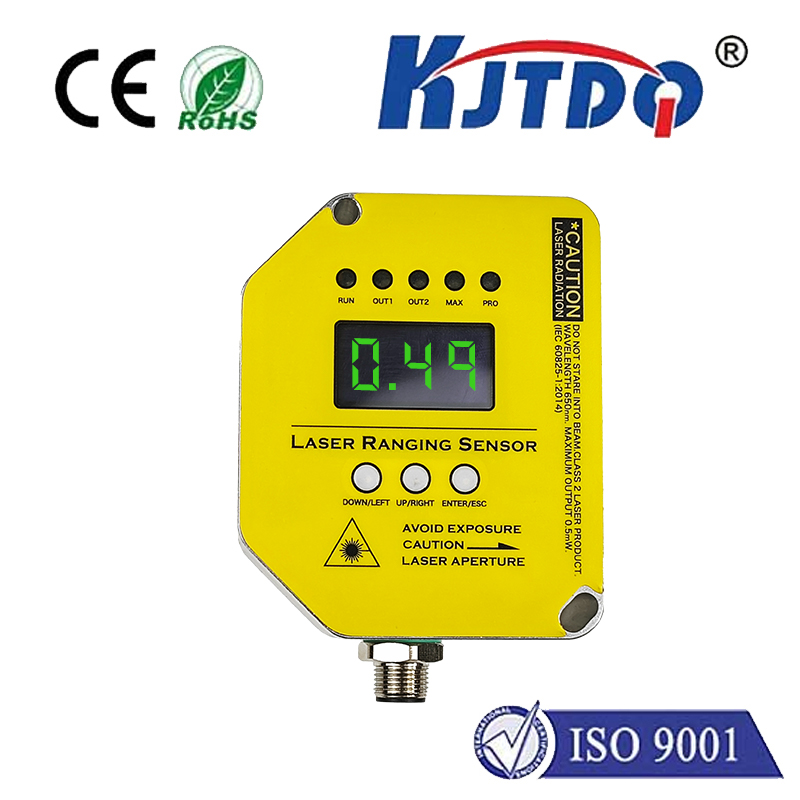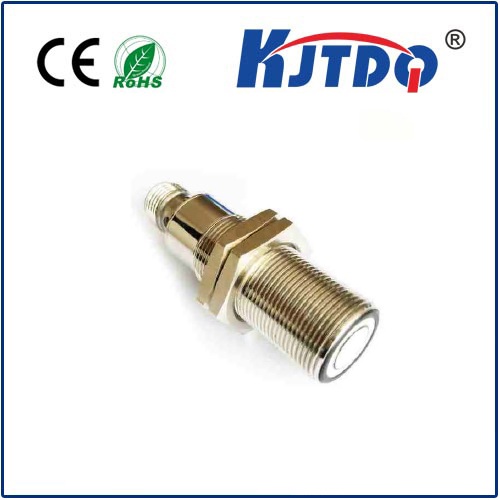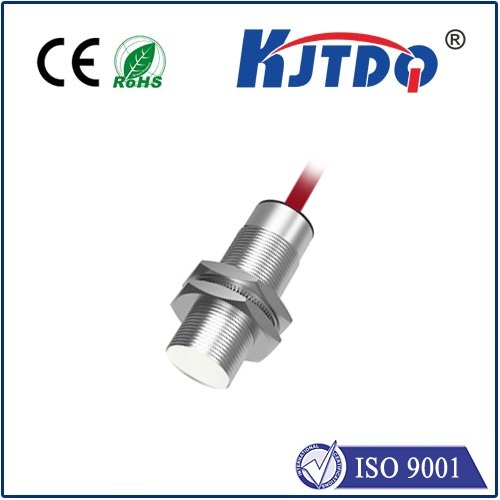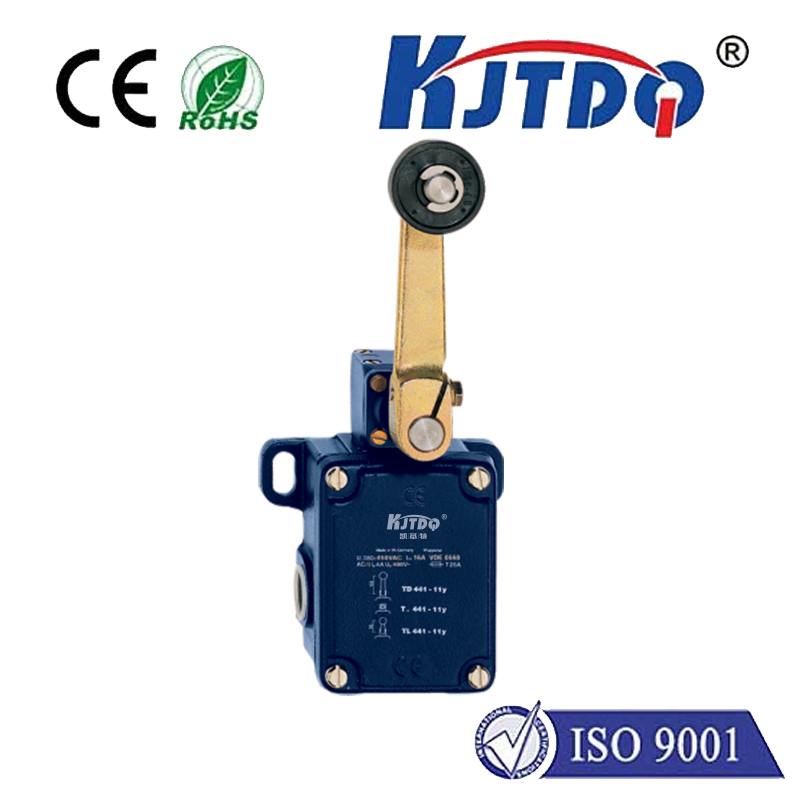
Проверка

Проверка

Проверка

Проверка

Проверка

Проверка
The Application of Proximity Sensors in the Automotive Industry In contemporary automotive technology, proximity sensors are increasingly becoming an indispensable component. Their significance spans from enhancing safety features to optimizing convenience and performance. This article explores the various applications of proximity sensors in automotive contexts and highlights their contributions to modern vehicle design.
One of the primary uses of proximity sensors in vehicles is in parking assistance systems. These sensors are typically placed around the bumpers of a car and utilize ultrasonic waves to detect nearby objects. When a driver maneuvers into a parking space, these sensors can alert the driver about any obstacles or provide real-time distance measurements to adjacent vehicles or walls. This feature reduces the risk of minor collisions and scratches during parking, making it particularly valuable in crowded urban environments. Moreover, advanced parking assistance systems, such as automated parallel parking or perpendicular parking, rely heavily on data from multiple proximity sensors. By accurately determining the vehicle’s position relative to its surroundings, these systems can steer the car into tight spots with minimal human intervention. For many drivers, this technology not only adds convenience but also boosts confidence when navigating complex parking scenarios.

Proximity sensors play a crucial role in improving overall driver safety. In adaptive cruise control (ACC) systems, for instance, radar-based proximity sensors continuously monitor the distance between the host vehicle and the one ahead. If the lead car slows down or comes too close, the system automatically adjusts the speed of the host vehicle to maintain a safe following distance. This dynamic adjustment helps prevent rear-end collisions, especially during sudden braking situations on highways. Blind spot detection systems also benefit from proximity sensors. By installing sensors on both side mirrors, vehicles can detect other road users in the driver’s blind spots. When another vehicle enters this zone, the system warns the driver through visual or auditory alerts, allowing timely lane changes or speed adjustments to avoid potential accidents.
Beyond safety and convenience, proximity sensors contribute to better fuel efficiency. For example, in intelligent speed adaptation systems, GPS-connected proximity sensors determine the most energy-efficient route by analyzing traffic patterns and road conditions ahead. Vehicles equipped with such systems can then adjust their cruising speed accordingly, reducing unnecessary acceleration and braking that consume extra fuel. Additionally, proximity sensors integrated into air suspension systems enable more precise control over tire pressure based on load conditions. Properly inflated tires reduce rolling resistance, which directly translates into lower fuel consumption and extended tire lifespan. Thus, these seemingly small improvements add up to significant energy savings over time.
As we move towards fully autonomous vehicles, proximity sensors will be even more critical. Lidar (Light Detection and Ranging), a type of laser-based proximity sensing technology, provides highly detailed 3D maps of the environment around the vehicle. Coupled with machine learning algorithms, lidar helps autonomous cars understand their surroundings accurately, make informed decisions, and navigate safely without human intervention. While there are still challenges to overcome before widespread adoption of self-driving cars, advancements in proximity sensing technologies undoubtedly pave the way for this future reality. With continued research and development, we can expect smarter, safer, and greener vehicles powered by these innovative sensing solutions. In conclusion, proximity sensors have become integral to modern automotive design, offering numerous benefits across safety, convenience, efficiency, and autonomy. As automakers continue to innovate, we can anticipate even more sophisticated uses of these versatile devices, further transforming how we drive and interact with our vehicles.
